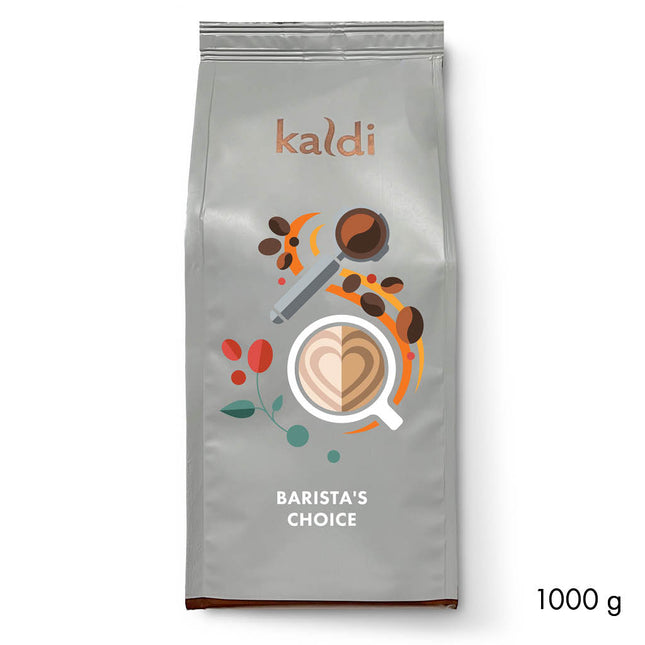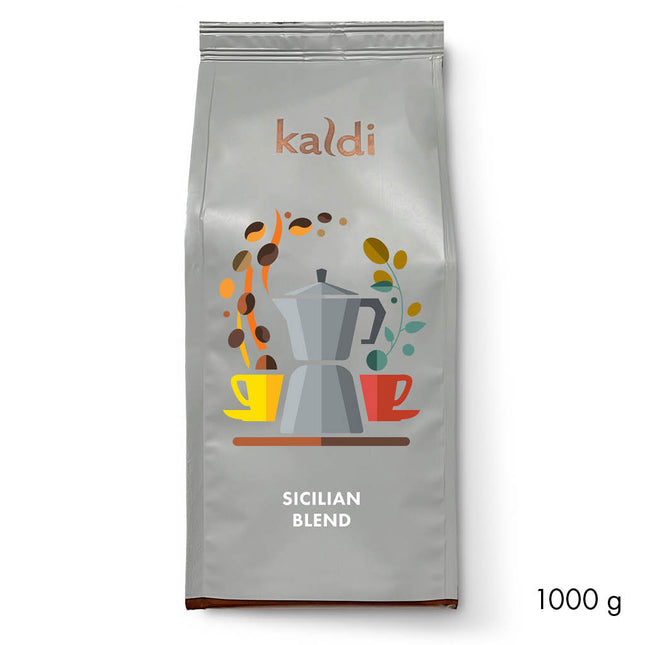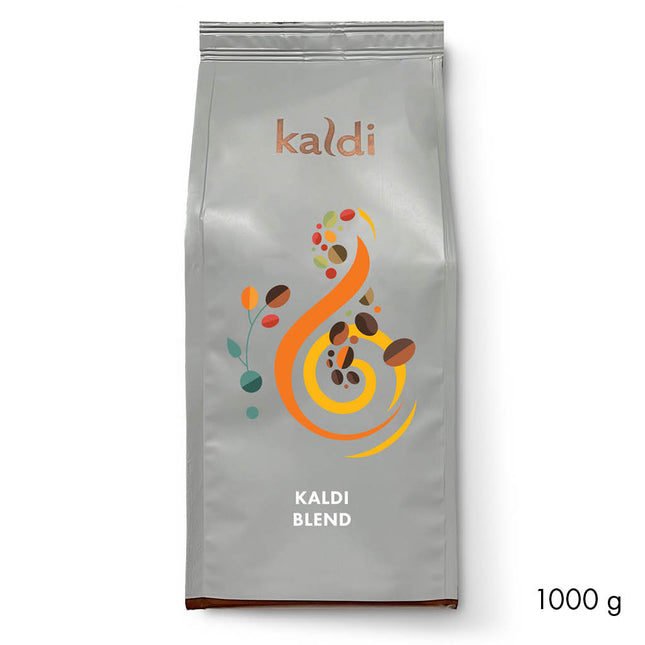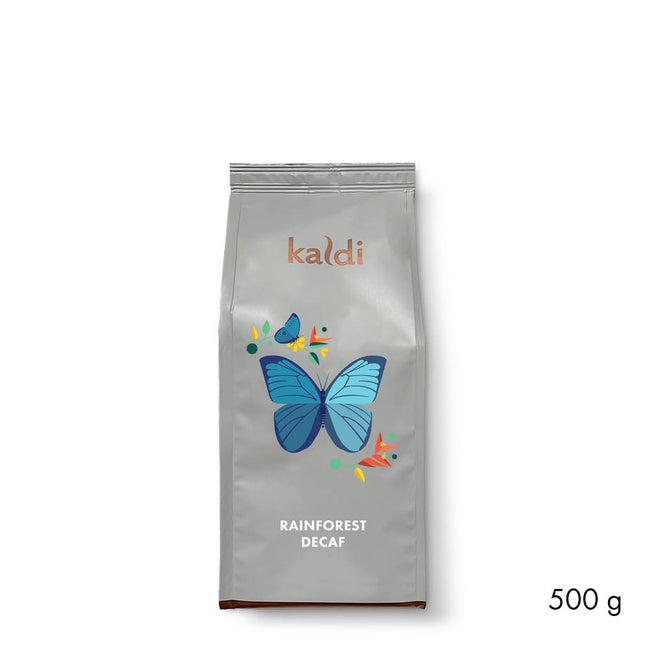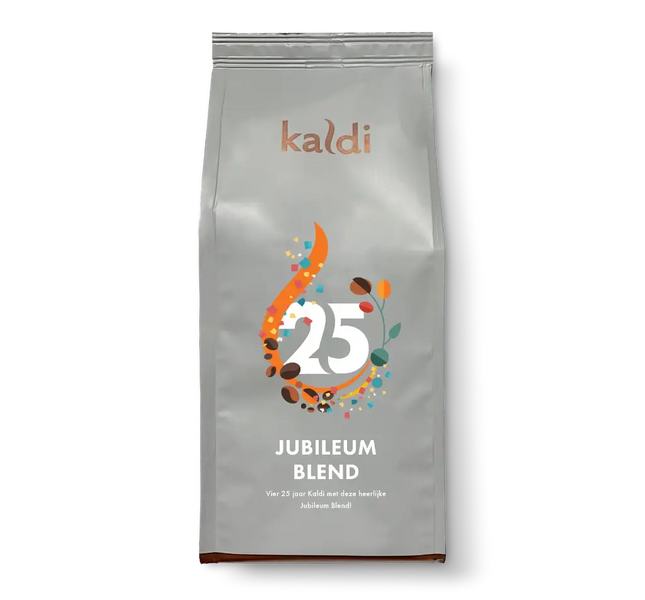

As a child, I remember the Braun coffee maker proudly displayed on my mother's countertop. The design appeal was impressive, and the brewing process was so wonderfully efficient: measure the coffee, add water, press the button, and a few minutes later, there was a steaming pot of dark coffee. My understanding of coffee was based on that: coffee in a large pot as a dark liquid.
Golden foam
This understanding changed when I discovered the phenomenon of "espresso." My first encounter confused me: a layer of golden foam adorned the cup. How did it get there? Is it milk? Or whipped air? For the coffee nerds among you, I recommend "The Professional Barista's Handbook, an Expert Guide to Preparing Espresso, Coffee, and Tea" by Scott Rao. It dissects espresso in an almost scientific way. For the average person, here's my short, no-nonsense explanation of the importance of the crema layer.
Filter coffee
With the filter method, water flows slowly through the coarsely ground coffee. Espresso, on the other hand, is made by forcing water under high pressure through very finely ground coffee. The fine grind creates a larger surface area for the coffee. While the water comes into contact with the coffee for a shorter time, the increased surface area allows for the extraction of a lot of flavor from the bean. This process extracts not only aromas from the coffee bean, but also oils and fats, and small particles of the bean. It is precisely the crema that concentrates all these components, a concentration that creates a true explosion of aroma and flavor.
Furthermore, the crema layer is a sign that the barista has brewed the espresso optimally and managed to separate all these components during the preparation. This demonstrates true craftsmanship.
Coffee bean
The quality of the coffee bean also plays a role. With inferior-quality beans, the crema is often thin and, as it were, "runs away" within a few minutes. This means you lose part of the espresso experience.
While coffee used to be a thin liquid, a well-brewed espresso is denser, meaning the liquid is firmer due to the presence of small particles from the coffee. This creates a different mouthfeel, allowing the coffee flavor to linger longer. When evaluating a new coffee, I always ask myself how the flavor develops after a few minutes. Is the taste still pleasant? Does the coffee become flat, or does it develop a certain complexity?
The crema layer gives the coffee a special touch. Have you ever noticed what a tiger print in the crema looks like? For me, this is precisely why the crema layer is worth photographing regularly: the coffee comes alive as you watch the crema swirl in the cup, leaving a tiger print pattern reminiscent of the bean's exotic origins.
Coffee cups
I know: coffee pod manufacturers do their best to produce the crema with their product. However, I've never seen a tiger print on coffee from a pod! That's how you recognize a good espresso.
Espresso is the ultimate beverage for judging coffee on-site. You taste the coffee pure, without milk or sugar. You can see if there's a tiger-print crema, and you can judge the amount of coffee served per cup. Full cups don't do justice to the perfect concentration that espresso provides not only an explosion of flavor but also that velvety-smooth texture.
Of course, I'm curious to know how much the crema scores in your coffee experience. Let me know! #desmaakisraak @saskiaterwelle.
Saskia ter Welle is a barista and author of the book 'No Nonsense Espresso' (www.nononsenseespresso.nl )

